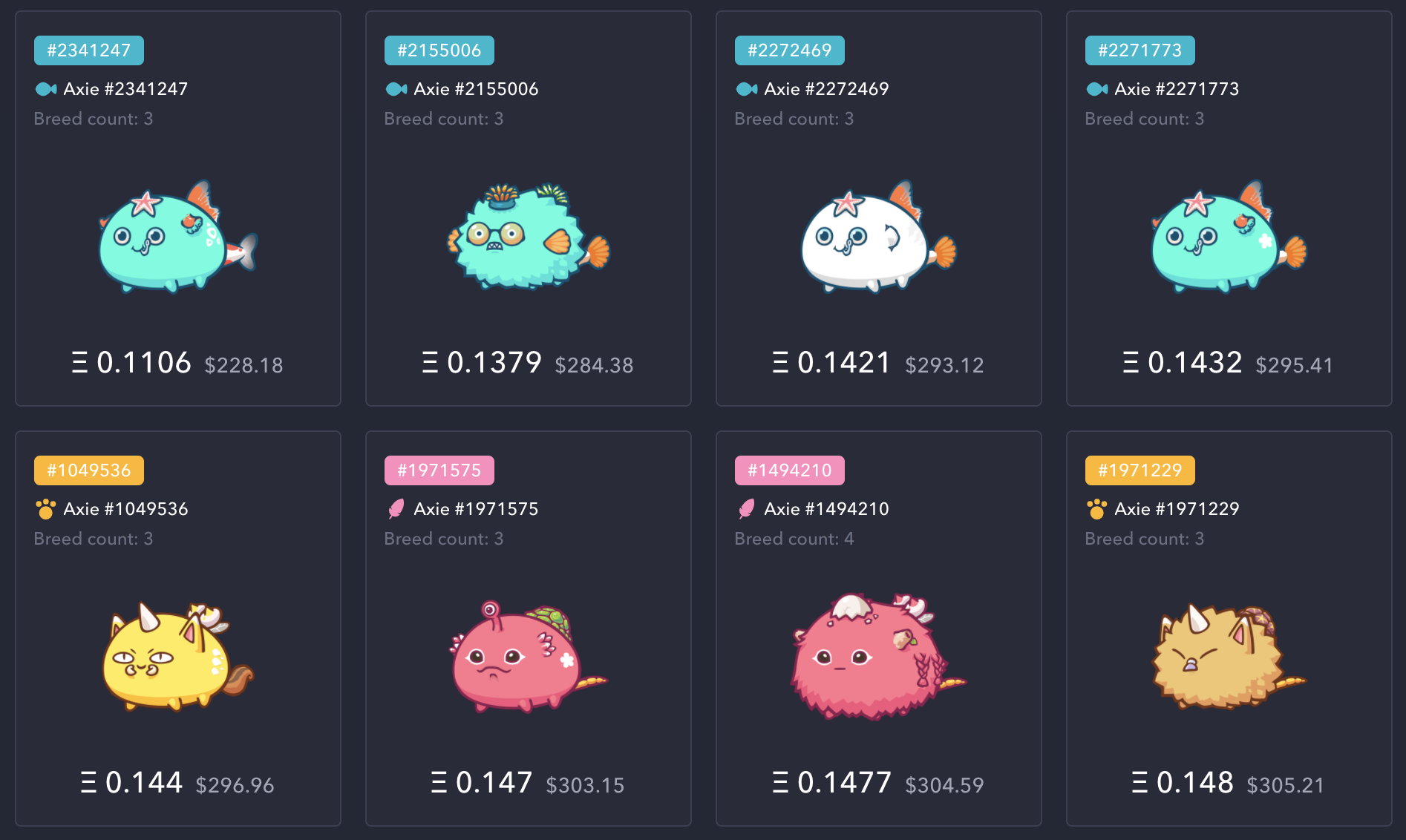A Brief Review
NFTs or non-fungible tokens are digital assets that are unique and cannot be replicated. They are used to represent ownership of a specific item, such as art, music, videos, and other creative works. NFTs can be bought and sold just like any other asset, and their ownership can be transferred through a blockchain network. In recent years, NFTs have gained popularity in the world of crowdfunding, with creators using them as a means of funding their projects.
Crowdfunding made easy
NFTs provide an innovative way for artists, musicians, photographers, and filmmakers to monetize their work by giving them ownership over their creations. This is achieved by creating unique NFTs that represent their work and selling them to collectors who are willing to pay a premium for the privilege of owning a piece of digital art. The use of NFTs has expanded into crowdfunding, where it has become an attractive alternative to traditional fundraising methods.
Crowdfunding is a process where a group of people pool their money to fund a project or venture. Crowdfunding has been popular for years, with platforms like Kickstarter, Indiegogo, and GoFundMe offering creators a way to raise funds for their projects. However, crowdfunding has some drawbacks, such as high fees, lengthy approval processes, and strict guidelines on the types of projects that can be funded. NFTs offer an alternative solution to these problems.
One of the advantages of NFTs in crowdfunding is that they eliminate the need for intermediaries such as banks and payment processors. This makes the fundraising process faster, cheaper, and more efficient. Additionally, NFTs are not subject to the same regulations as traditional securities, which means that creators can sell them to a wider audience.
Even gaming has NFTs now
NFTs are being used in the gaming industry as well. Gaming has become a massive industry in recent years, with millions of people playing games on various platforms. Gaming companies have started using NFTs to raise funds for their projects. They create unique in-game items such as weapons, skins, and characters, and sell them as NFTs. These NFTs can then be traded on blockchain networks, with players buying and selling them for real money. This has created a new market for gaming-related NFTs, which has proven to be lucrative for gaming companies. The gaming industry is a natural fit for NFTs because of the inherent collectability of video game assets.

Axie infinity sells its NFT that are necessary to play
Some Challenges may apply
Despite the benefits of NFTs, the sector faces some challenges that need to be addressed to make it future-proof. One of the biggest challenges is scalability. As more people start using NFTs, the blockchain network can become congested, leading to slower transaction times and higher fees. This can be a major problem for creators who rely on fast and efficient transactions to sell their NFTs.
Another challenge is the lack of regulation. NFTs are still a new technology, and regulators are still figuring out how to classify them. This has led to uncertainty about the legal status of NFTs, which can be a problem for creators who want to use them to raise funds for their projects.
NFTs offer an innovative way for creators to monetize their work and raise funds for their projects. They provide an alternative to traditional crowdfunding methods and have expanded into the gaming industry. However, the sector faces challenges that need to be addressed to make it future-proof. Scalability, regulation, and market saturation are some of the challenges that need to be tackled to ensure the long-term success of NFTs. Despite these challenges, NFTs are poised to become a major force in the creative industry and the wider world of finance.
Scalability is one of the major challenges facing NFTs. The current blockchain technology, on which NFTs are built, is not scalable enough to handle large volumes of transactions, which could limit the growth of the market. However, there are ongoing efforts to address this issue, including the development of new blockchain technologies that can handle high transaction volumes.
Regulation is another challenge that needs to be addressed to ensure the long-term success of NFTs. As the market grows, regulators are likely to become more interested in the sector, and there is a risk of overregulation, which could stifle innovation and limit growth. On the other hand, a lack of regulation could lead to scams and frauds, which could damage the reputation of the NFT market. Finding the right balance between regulation and innovation will be key to the future success of NFTs.
Market saturation is also a potential challenge for the NFT market. As more and more artists and creators enter the market, competition could become intense, leading to a drop in prices and a saturation of the market. This could be mitigated by developing new use cases for NFTs beyond art, such as gaming, sports, and music, which could create new demand and drive growth in the market.
NFTs are poised to become a major force in the creative industry and beyond, offering artists and creators new ways to monetize their work and engage with their audiences. However, to ensure the long-term success of NFTs, the sector needs to address challenges such as scalability, regulation, and market saturation. If these challenges can be overcome, NFTs have the potential to revolutionize the way we think about ownership and value in the digital world and become future-proof.

Thanks for reading Solanews, remember to follow our social media channels for more!

